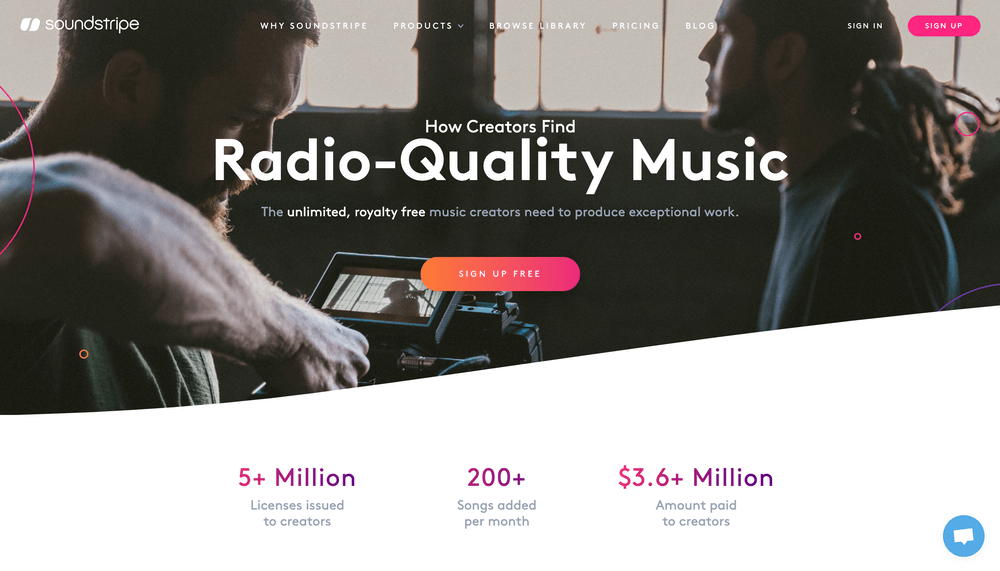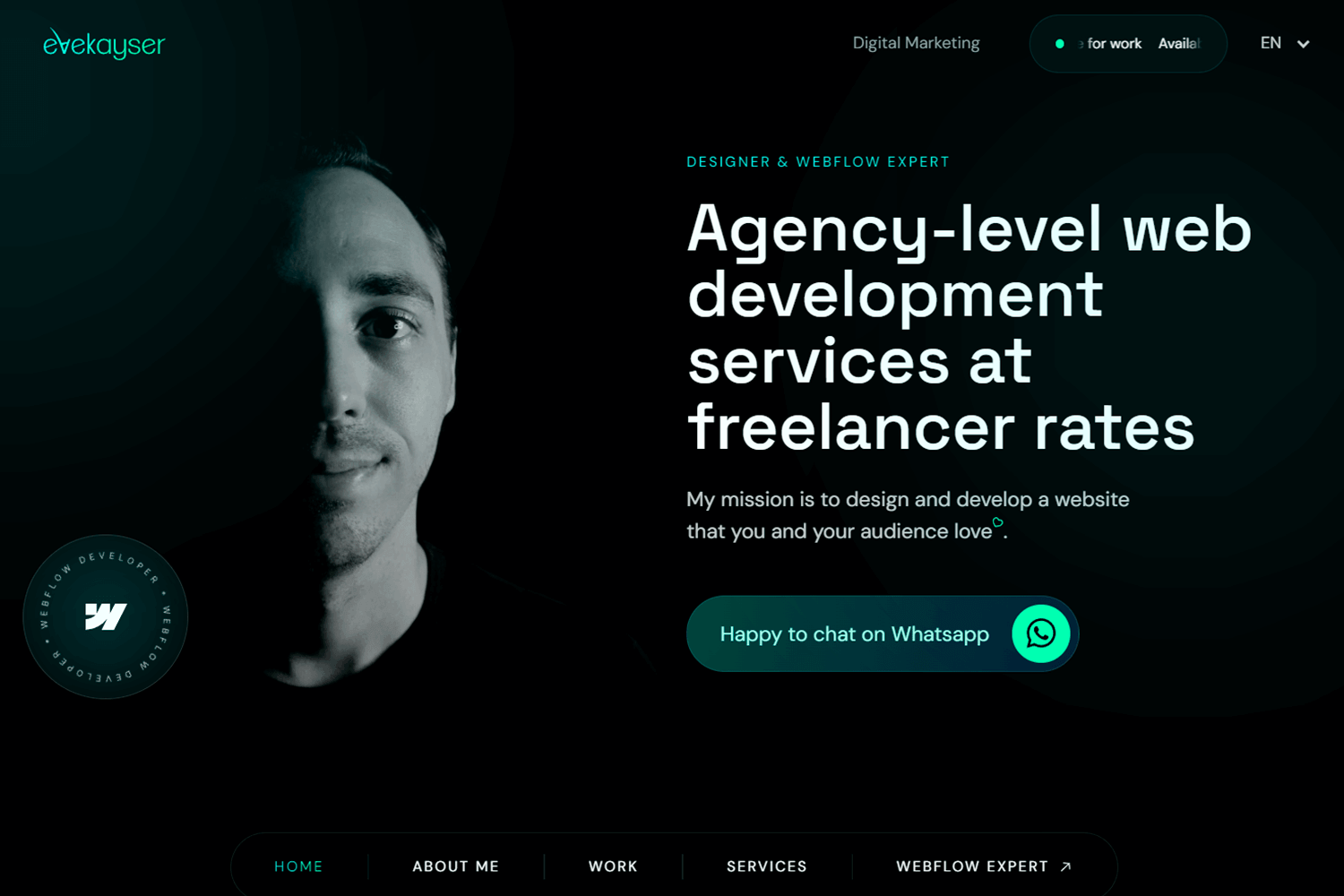Recognizing the Function of Responsive Style in Modern Internet Site Development
In today's digital landscape, responsive layout is no longer a luxury yet a requirement in site development. As individuals accessibility internet sites from a variety of gadgets, from extensive desktop monitors to pocket-sized smart devices, making sure a engaging and regular individual experience is paramount. Receptive style achieves this by utilizing versatile designs and scalable media, satisfying the nuanced needs of each tool. Yet, the relevance of responsive style expands beyond user experience-- it is likewise a vital consider search engine optimization and access. However just how specifically does it influence these locations, and what techniques guarantee its reliable implementation?
Importance of Responsive Style
In today's digital landscape, the importance of receptive layout in site development can not be overemphasized. As consumers increasingly count on a selection of tools-- ranging from desktop computer systems to smartphones and tablets-- making sure a smooth individual experience throughout all systems has actually ended up being crucial. Receptive design permits internet sites to instantly adjust their design and performance based on the display dimension and alignment of the gadget being utilized. This adaptability enhances individual engagement and fulfillment by offering constant access to content without calling for manual modifications such as zooming or scrolling.
Additionally, responsive design is important for search engine optimization (SEARCH ENGINE OPTIMIZATION) Internet search engine like Google focus on mobile-friendly internet sites in their search engine result, indicating that a responsive layout can significantly influence a site's presence and position. This optimization not just improves the customer experience however additionally drives organic website traffic and enhances the possibility for conversion and income generation.
Additionally, receptive style supplies services an economical service by removing the demand for multiple versions of a website. By improving web advancement procedures and decreasing maintenance initiatives, companies can designate sources a lot more efficiently, eventually bring about improved roi. Thus, responsive style is important in today's competitive electronic setting.
Crucial Element of Responsive Style
To effectively execute receptive layout, it is vital to focus on a number of crucial components that guarantee optimum functionality and user experience across diverse gadgets. Among the essential parts is the versatile grid format, which permits developers to develop liquid grids that instantly adapt to different screen sizes. This makes certain that web content keeps symmetry and readability, no matter the gadget being utilized.

In addition, touch-friendly navigating is essential for receptive layout. Carrying out conveniently tappable switches and intuitive gesture controls boosts use on touchscreen tools. Focusing on efficiency optimization is likewise vital, as it boosts packing times and minimizes bounce rates, especially on mobile networks with variable speed.
Last but not least, using a mobile-first strategy makes certain that the style is at first optimized for smaller sized displays before broadening to accommodate desktop computers. This technique ensures that essential capability and aesthetic appeals are protected throughout all systems, ultimately improving the general customer experience.
Influence On User Engagement
Receptive layout considerably influences individual involvement by boosting accessibility and fulfillment throughout various devices (Website Design). By making certain that a web site's format adapts flawlessly to various display dimensions, responsive style enables individuals to gain access to content effortlessly, whether they are using a smartphone, tablet, or desktop .
In addition, responsive design adds to quicker web page loading times, which is essential for keeping user passion. Individuals are much more inclined to abandon a website if it takes also long to load, specifically on smart phones. By enhancing efficiency for diverse systems, receptive style reduces loading hold-ups, maintaining customers engaged and decreasing bounce rates.
Search Engine Optimization Perks of Responsive Design
While improving user experience is a key goal, receptive style also plays an essential duty in enhancing a website's seo (SEO) Internet search engine, notably Google, focus on mobile-friendly sites, hence rewarding those that supply seamless experiences throughout devices. Receptive style makes certain that a web site adapts to numerous screen dimensions, getting rid of the demand for separate mobile and desktop computer versions. This flexibility not only improves customer experience yet also decreases the threat of duplicate material, which can negatively affect SEO positions.
Furthermore, responsive design aids in faster page packing times, an essential consider SEO. Internet search engine prefer web sites that fill promptly, recognizing that users are much more likely to abandon sites that take too long to display. By employing responsive layout, programmers can improve and optimize pictures material, making sure effective packing and enhanced online search engine positions.
Furthermore, a cohesive URL structure throughout devices simplifies the indexing procedure for search engines, enhancing crawl performance. This harmony in URLs enhances a website's authority and integrity, bring about improved visibility in search results page. In recap, responsive design is not just a fad however an essential element of search engine optimization method, making sure web sites are both user-friendly and search engine suitable.
Executing Responsive Layout Methods
In the world of modern internet growth, executing receptive layout strategies is comparable to crafting a versatile canvas that readjusts seamlessly to numerous screen measurements. One more crucial method involves utilizing media questions, which allow programmers to apply various designs based on the characteristics of the gadget, such internet as resolution, size, and elevation.
Receptive photos and media are additionally vital components. By using methods like CSS media queries and the HTML 'picture' aspect, designers can serve properly sized pictures based on the user's device, optimizing load times and enhancing user experience. In addition, the unification of liquid typography ensures that message is understandable and cosmetically pleasing on any type of screen, web link accomplished with scalable systems like 'rem' and 'em'.

Verdict
Receptive style constitutes a crucial element of modern website growth, considerably boosting individual experience throughout a variety of tools. Eventually, carrying out responsive style strategies makes sure improved availability and use, rendering web sites more efficient and user-centric.
To efficiently apply responsive design, it is necessary to focus on a number of vital elements Homepage that make sure optimum capability and user experience across varied tools.Responsive style considerably influences user interaction by boosting accessibility and contentment across different gadgets. By making certain that a website's layout adapts effortlessly to various display dimensions, receptive design allows individuals to access material effortlessly, whether they are utilizing a smartphone, desktop computer, or tablet .While enhancing user experience is a key objective, receptive style likewise plays a critical duty in boosting a site's search engine optimization (SEO)Responsive design constitutes an important facet of modern web site development, dramatically improving customer experience across a range of tools.